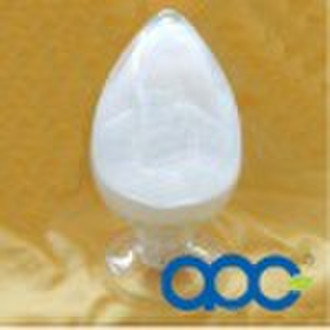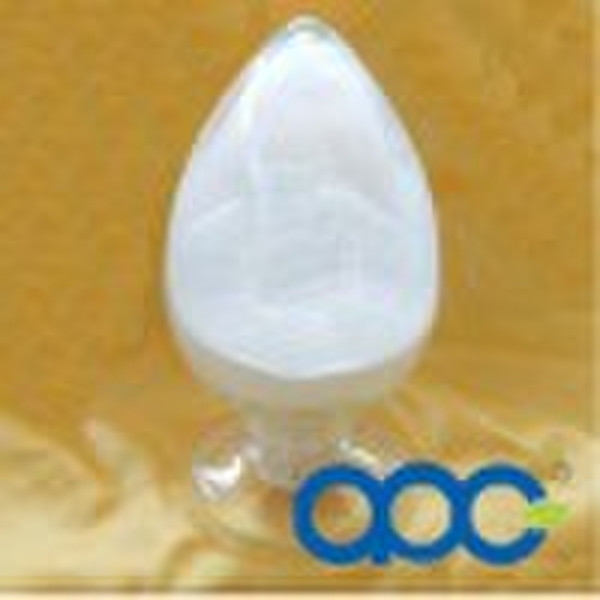Каталог
-
Каталог
- Автомобили и мотоциклы
- Безопасность и защита
- Бизнес
- Бытовая техника
- Бытовая электроника
- Детали машин и услуги по их изготовлению
- Дом и Сад
- Здоровье и медицина
- Игрушки и хобби
- Изделия из металла
- Измерительные и анализирующие приборы и инструменты
- Инструмент
- Красота и личная гигиена
- Мебель
- Мероприятия по охране окружающей среды
- Минералы и металлургия
- Модные аксессуары
- Обувь и аксессуары
- Одежда
- Освещение
- Подарки, сувениры
- Продовольственные товары и напитки
- Промышленное оборудование и техника
- Резина и пластмассы
- Сельское хозяйство
- Специальное оборудование
- Спорт, отдых и досуг
- Сток
- Строительство и недвижимость
- Текстиль и кожа
- Телекоммуникации
- Товары для офиса, учебы. Канцтовары
- Транспорт
- Упаковка и печать
- Химикаты
- Часы, Украшения, Очки
- Чемоданы, сумки
- Электронные компоненты, оборудование, принадлежности
- Электротехническое оборудование и принадлежности
- Энергия
Filters
Search
Никосульфурон гербициды
ориг. цена: 1,00 USD
Чжэнчжоу, Китай
Объем производства:
10 Тонна / День

lily Lee
Контактное лицо
Основные данные
| Классификация | Herbicide |
|---|---|
| CAS никакой. | 111991-09-4 |
| Другие названия | Nicosulfuron |
| МФ | Nicosulfuron |
| Регистрационный номер EINECS | 111991-09-4 |
| Место происхождения | Henan China (Mainland) |
| Степень чистоты | 95% |
| Применение | herbicide |
| Бренд | APC |
| Номер Модели | www.zzapc.com |
| Состояние | Порошок |
Common name:NicosulfuronOther name: nicosulfuron (BSI, ANSI, draft E-ISO); no name (Brazil)Iupca name:2-(4,6-dimethoxypyrimidim-2-ylcarbamoylsulfamoyl)-N,N-dimethylnicotinamide; 1-(4.6-dimethoxypyrimidin-2-yl)-3-(3-dimethylcarbamoyl-2-pyridytsulfonyl)ureaChemical abstracts name:2-[[[[(4,6-dimethoxy-2-pyrimidinyl)amino]carbonyl]amino]sulfonyl] -N,N-dimethyl-3-pyridinecarboxamideType:HerbicideCAS RN: [111991-09-4]M.F.:C15H18N6O6SMol Wt:410.4Physical ChemistryForm(appearance):Colourless crystals.M.P.:169 172°CV.P.:< 8 × 10-7 mPa (25°C)F.P.:>200°C (Cleveland open cup)S.G.:0.313 (bulk)Solubility:In water 0.07 g/l. In acetone 18, ethanol 4.5, chloroform, dimethylformamide 64, acetonitrile 23, toluene 0.370, hexane <0.02, dichloromethane 160 (all in g/kg, 25°C).Stability:Hydrolysis DT50 15 d (pH 5); stable at pH 7 & 9.Henry:<4.68 × 10-9 Pa m3 mol-1 (25°C)KowlogP:-0.36 (pH 5), -1.8 (pH 7), -2 (pH 9)Pka:4.6 (25°C)Aplication Formulation types: 98%TC,75%WDG,75%WP,4%SCBiochemistry:Branched chain amino acid synthesis (ALS or AHAS) inhibitor. Acts by inhibiting biosynthesis of the essential amino acids valine and isoieucine, hence stopping cell division and plant growth. Maize selectivity derives from selective metabolism (P450 mediated pyrimidine-5-hydroxylation, followed by conjugation with glucose).Mode of action:Selective systemic herbicide, absorbed by the foliage and roots, with rapid translocation in xylem and phloem to the meristematic tissues.Uses:Selective post-emergence control in maize of annual grass weeds including Setaria, Echinochtoa, Digitaria, Panicum, Lolium, and Avena spp., broad-leaved weeds including Amaranthus spp. and Cruciferae, and perennials such as Sorghum halepense and Agropyron repens. Applied at 35-70 g/ha.Mammalian ToxicologyOral:Acute oral LD50 for male and female rats and mice >5000 mg/kg.Skin and eye:Acute percutaneous LD50 for male and female rats >2000 mg/kg. Moderate eye irritant; not a skin irritant (rabbits); not a skin sensitiser (guinea pigs). The 75% formulation is not an eye irritant.Inhalation:LC50 for rats (4 h) 5.47 mg/l.Noel:In 28 d feeding trials on rats and mice, no adverse effect up to 30 g/kg diet. /Other Non-mutagenic in the Ames test.Toxicity:WHO (a.i.) III (Table 5); EPA (formulation) IVEcotoxicologyBirds:Dietary oral LD50 for bobwhite quail >2250 mg/kg. Dietary LC50 for mallard ducks and bobwhite quail >5620 ppm.Fish:LC50 (96 h) for bluegill sunfish and rainbow trout >1000 mg/l.Daphnia:LC50 (48 h) >1000 mg/l.Algae:NOEC (96 h) for green algae 100 mg/l.Worms:LC50 (14 d) for earthworms >1000 mg/kg. Bees: LD50 (contact) >20 μg/bee; dietary LC50 (48 h) >1000 ppm. NOEC 500 ppm.Evironmental fatePlant:Degraded rapidly in maize, DT50 1.5-4.5 d. Residues <0.02 ppm in all crops. Hydrolysis of the sulfonylurea bridge to form the pyridine sulfonamide and pyrimidine amine, and hydroxylation on the pyrimidim ring, were the main metabolic pathways.Animals:the goat, following a dose of 60 ppm, <0.1 ppm was fount in tissues and milk; therefore nicosulfuron and its metabotites do not bioaccumulate. Hydrolysis of the sulfonylurea bridge and hydroxylation were the main metabolic pathways.Soil/Environment:Soil DT50 (aerobic) 26 d (pH 6.1, 5.1% o.m., 25°C). In four sandy loams, Kd (25°C) 0.16 (pH 6.6, 1.1% o.m.) to q.73 (pH 5.4, 4.3% o.m.) Photoiysis DT50 (soil) 60-67 d; (water) 14-19 d (pH 5), 200-250 d (pH 7), 180-200 d (pH 9). Values from separate studies were: Soil DT50 24-43 d (20 C); DT50 80-143 d (20°C). Kd 0.05-0.7. In water, DT50 15 d (pH 5, 20°C).We also can offer you colorful label and carton with shipping mark according to your requirements.
Условия поставки и упаковка
Packaging Detail: 1kg/bag,25kgs/drum Delivery Detail: 7 work days
Порт: any port in China
Условия оплаты
Документы за наличный расчёт
Аккредитив
Электронный перевод
Вестерн Юнион
-
Способы оплаты
Для оплаты товаров и услуг на нашем портале, Вы всегда получаете счет, в котором Вам необходимо самостоятельно указать свои данные.
Мы принимаем к оплате:









